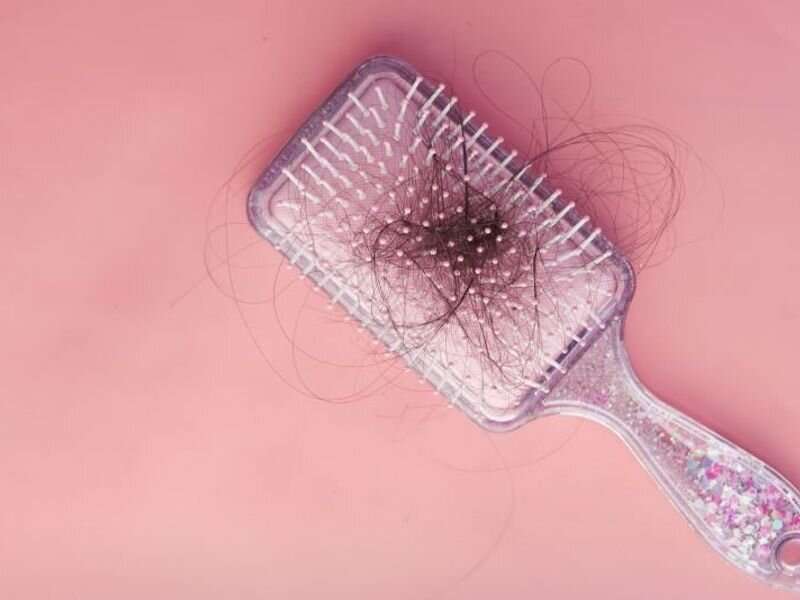
The burden of alopecia areata (AA) is considerable in the United States, with people of color, especially Asians, disproportionately affected, according to a study published online March 1 in JAMA Dermatology.
Nene Sy, from Northwell Health in New Hyde Park, New York, and colleagues conducted a cross-sectional study using electronic records for children, adolescents, and adults seeking health care across the four census regions in the United States between Jan. 1 and Dec. 31, 2019, to estimate overall and subgroup prevalence rates of AA and its subtypes.
Overall, 1,812 of the 1,093,176 patients who met the inclusion criteria had at least one code for AA. The researchers found that the overall age- and sex-standardized prevalence rates were 0.18 and 0.10 percent among adults and among children and adolescents, respectively. For women to men, the age-standardized prevalence ratio was 1.32. Standardized prevalence was highest among those aged 30 to 39 and 40 to 49 years (297 and 270 per 100,000, respectively).
Asian patients had the highest standardized prevalence, followed by patients of other race or multiple races, Black patients, and Hispanic/Latino patients (414, 314, 226, and 212 per 100,000, respectively), while White patients had the lowest standardized prevalence (168 per 100,000). The standardized prevalence ratios were 2.47, 1.35, and 1.26 for Asian, Black, and Hispanic/Latino patients, respectively, versus White patients. Of the patients diagnosed with AA, alopecia totalis and alopecia universalis comprised about 9 percent of cases.
“Collecting better data around burden of disease in AA with a focus on the social determinants of health for those affected is paramount moving forward,” write the authors of an accompanying editorial.
Several authors disclosed financial ties to the pharmaceutical industry.
More information:
Nene Sy et al, Overall and Racial and Ethnic Subgroup Prevalences of Alopecia Areata, Alopecia Totalis, and Alopecia Universalis, JAMA Dermatology (2023). DOI: 10.1001/jamadermatol.2023.0016
Amy J. McMichael et al, Characterizing Epidemiology and Burden of Disease in Alopecia Areata—Making It Count, JAMA Dermatology (2023). DOI: 10.1001/jamadermatol.2023.0001
Journal information:
JAMA Dermatology
Source: Read Full Article